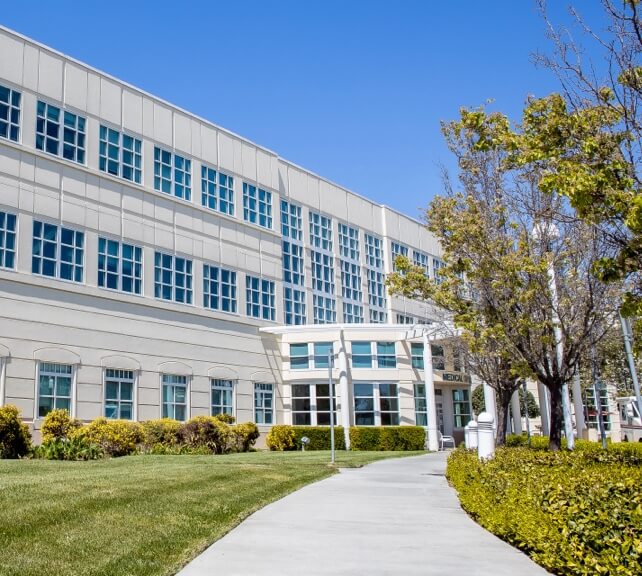Common Questions About Gynecomastia Surgery
Gynecomastia is a condition that refers to an increase in breast tissue in boys or men. Researchers estimate that between 24 percent and 65 percent of men ages 50 to 80 are affected. Even though most men have gynecomastia at some point in life, it goes away for the majority of men. For some, gynecomastia does not go away or has unknown causes. In these cases, gynecomastia surgery is the most effective way to get rid of “man boobs.” It’s normal to have questions about gynecomastia surgery, so here we’ll discuss some of the most common ones.
What is gynecomastia?
Gynecomastia is a benign development of the male breasts resulting from a swelling of the breast glands. It most often occurs when testosterone and estrogen levels are imbalanced. Normally, men produce little estrogen, but female hormones can still cause the breasts to develop in higher amounts. Gynecomastia affects one or both breasts, sometimes unevenly. It’s common during puberty when hormone levels fluctuate but can subside as boys leave puberty. For some men, it simply stays or occurs at stages of life outside puberty.
Many factors contribute to gynecomastia, including drug abuse, side effects of medications, and underlying health conditions. Gynecomastia can sometimes produce serious side effects like pain and sensitivity, but it’s typically only a cosmetic issue. Still, many men with gynecomastia experience embarrassment and difficulty in certain situations because of their visible breasts.
Gynecomastia and pseudogynecomastia: the difference
Gynecomastia is an enlargement of the breast due to glandular tissue growth in boys or men. But male breasts can also be caused by the presence of stubborn fat. This condition is known as pseudogynecomastia, which is characterized by excess fat in the breasts instead of enlarged breast tissue. Some men simply carry fat in the chest area, contributing to the appearance of breasts. This fat isn’t usually treatable with diet and exercise, leading to the need for surgical removal.
Identifying whether or not you have pseudogynecomastia or gynecomastia is best done with the help of a board-certified plastic surgeon. That’s because the surgical techniques needed can differ based on the type of tissue causing the appearance of breasts.
What can I expect from gynecomastia surgery?
Since gynecomastia surgery is invasive, it comes with inherent risks and side effects. The best way to ensure a safe and effective procedure is by partnering with a board-certified plastic surgeon. During a consultation, you’ll discuss the risks, rewards, and expectations for your recovery.
There are several surgical approaches to gynecomastia, including removing the breast tissue with surgical techniques through incisions around the areola. In the case of fatty tissue, liposuction can sometimes be an effective technique. You may even require a combination of both techniques. Your plastic surgeon will help you determine the right surgical approach for your needs.
Recurrence after gynecomastia surgery
It’s very rare for gynecomastia to return after surgery, but it’s still best to take steps to prevent it. In the case of breast tissue enlargement, it’s important to assess any underlying causes like medications or drug use and stop using them. In the case of fatty tissue, it’s important to live a healthy and active lifestyle to prevent weight fluctuations. Most men enjoy long-term results with gynecomastia surgery.
Schedule an Appointment
Schedule an appointment with Miguel A. Delgado, Jr., MD, if you want to learn about gynecomastia surgery. Dr. Delgado is board certified and an American Society of Plastic Surgery member. He earned a medical degree at the University of California, San Francisco, and completed a residency and internship at Johns Hopkins University in Baltimore, Maryland.
Dr. Delgado’s goal is to assist you with your aesthetic concerns and provide the right solution for them. Click here to schedule your consultation.



